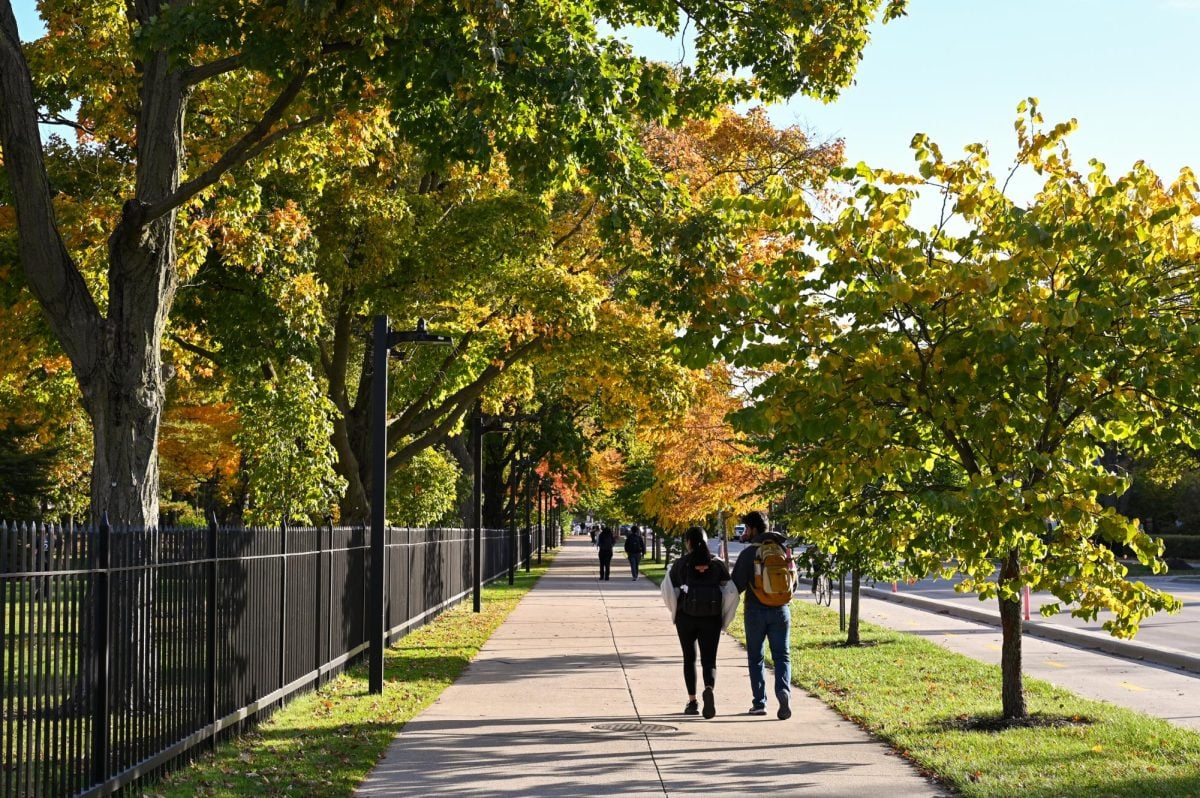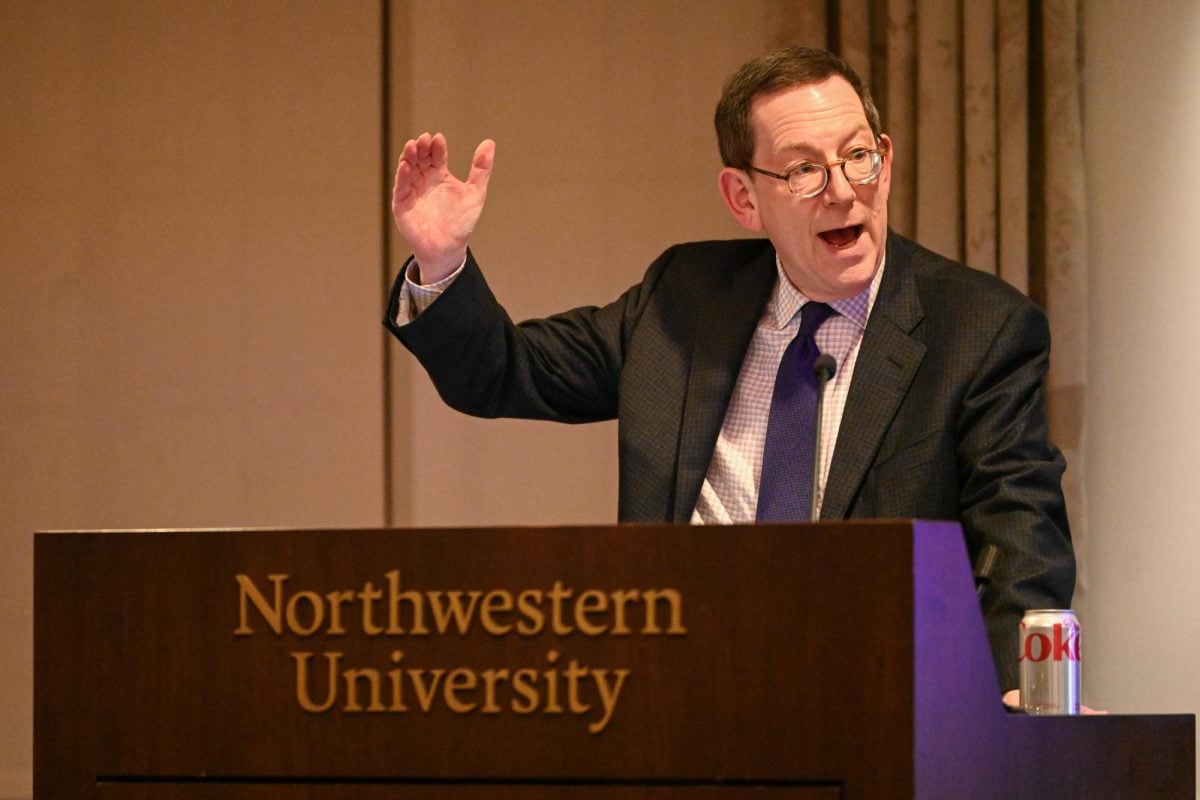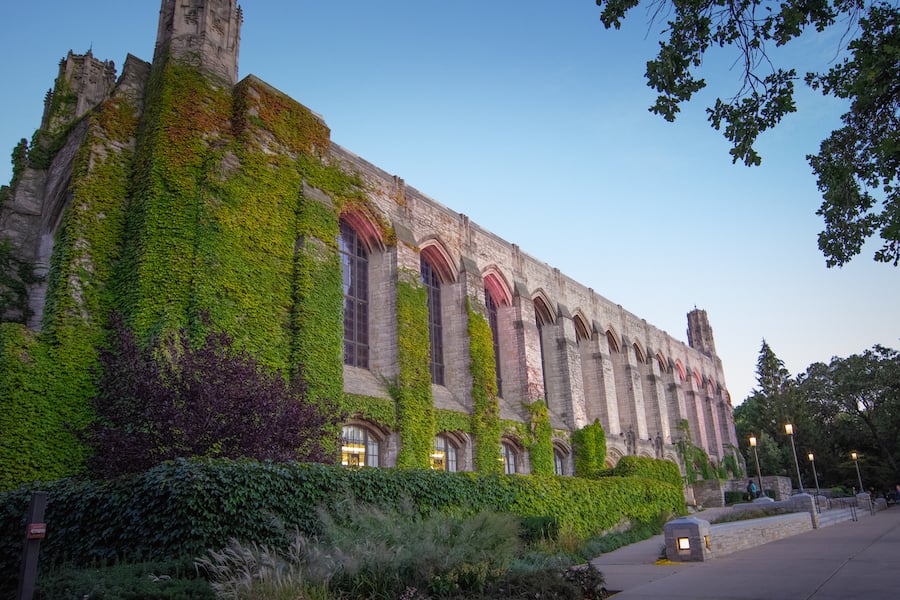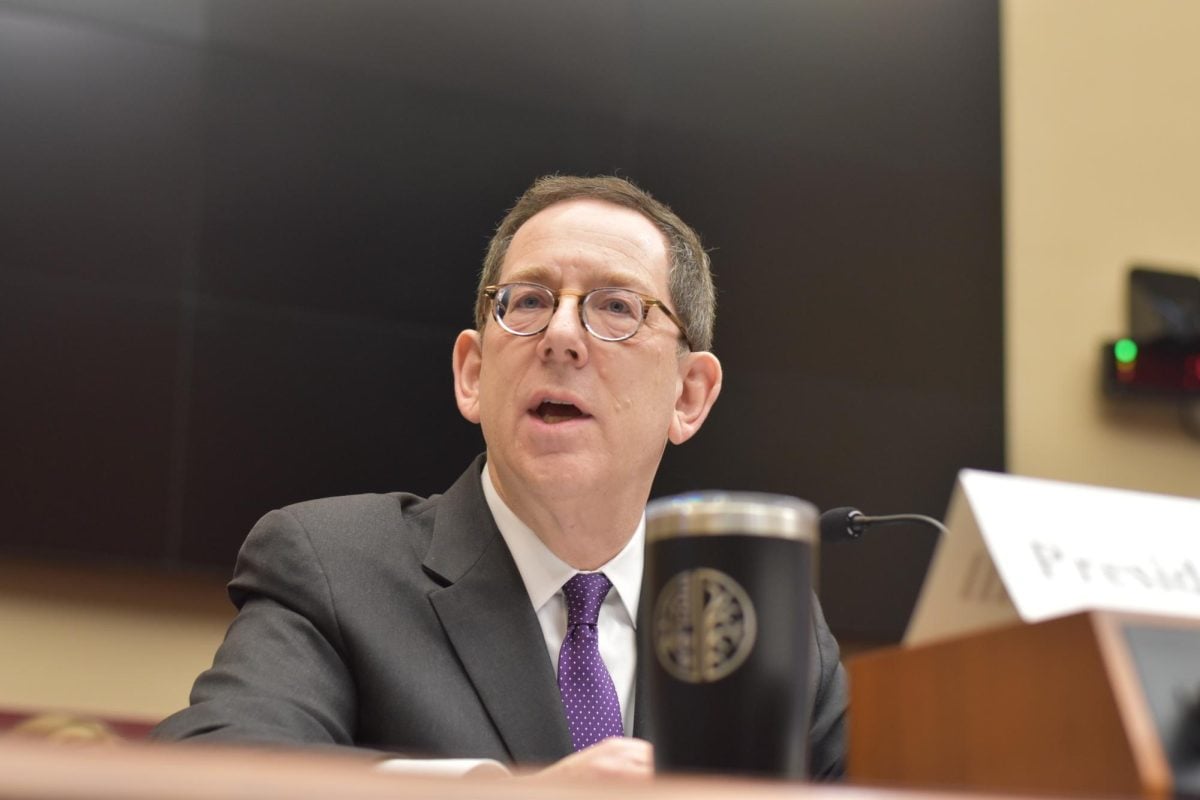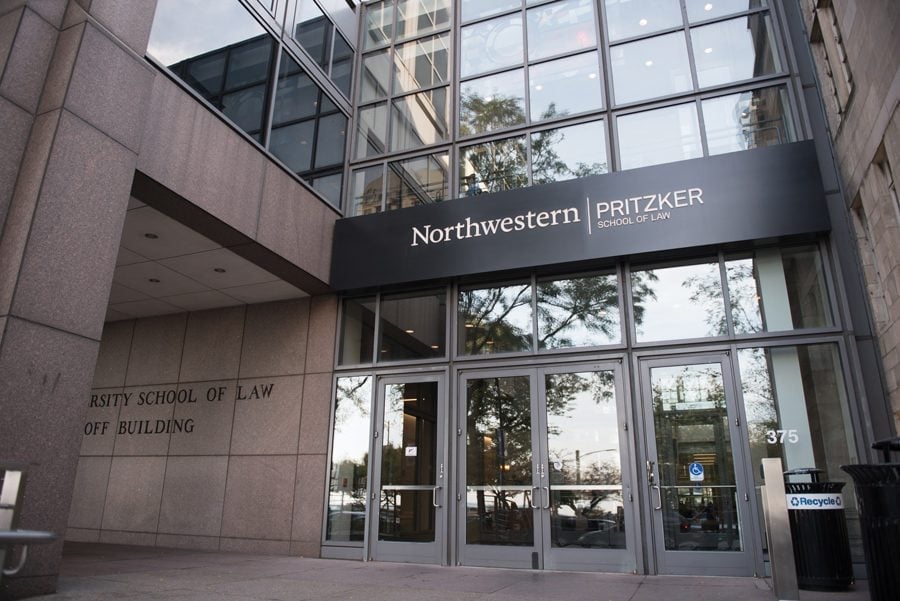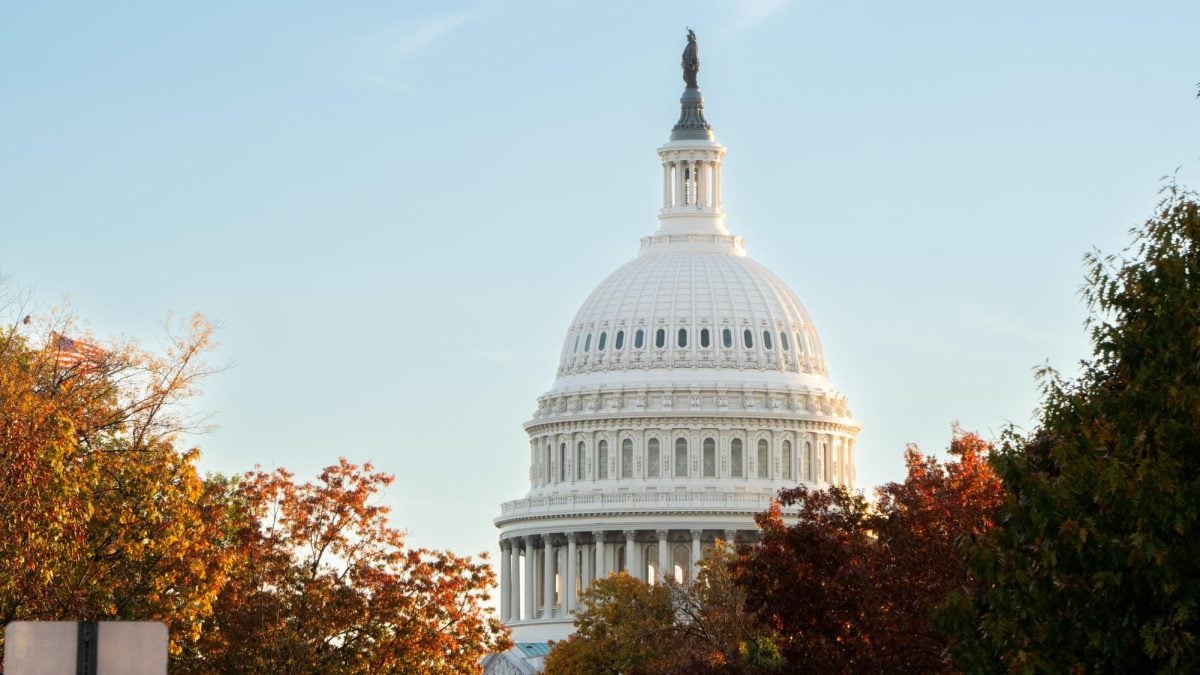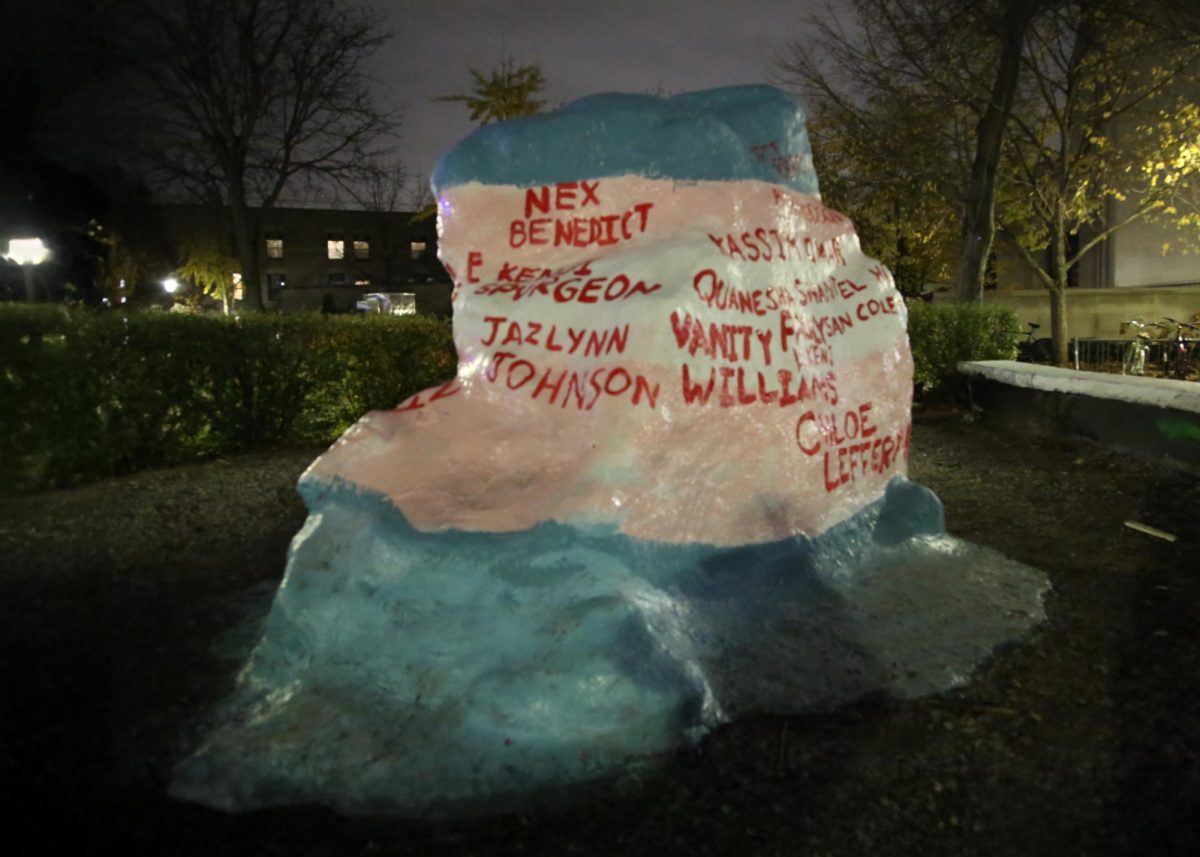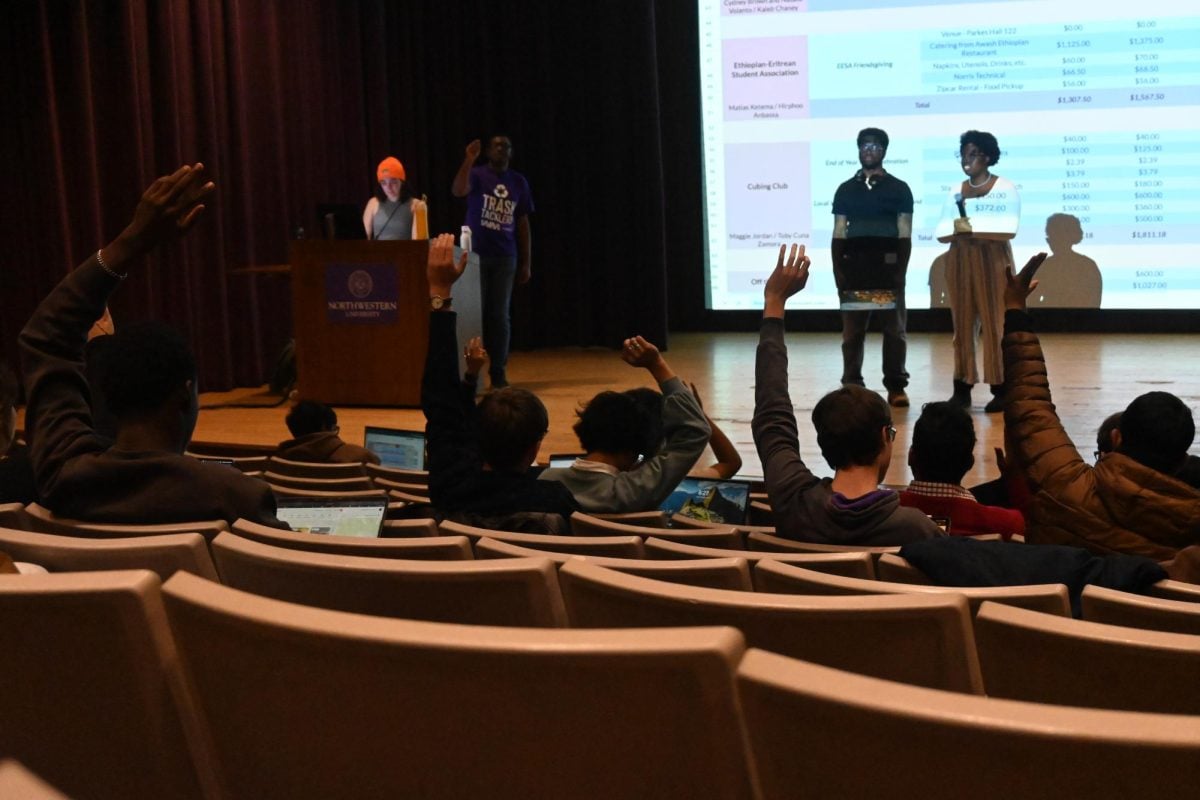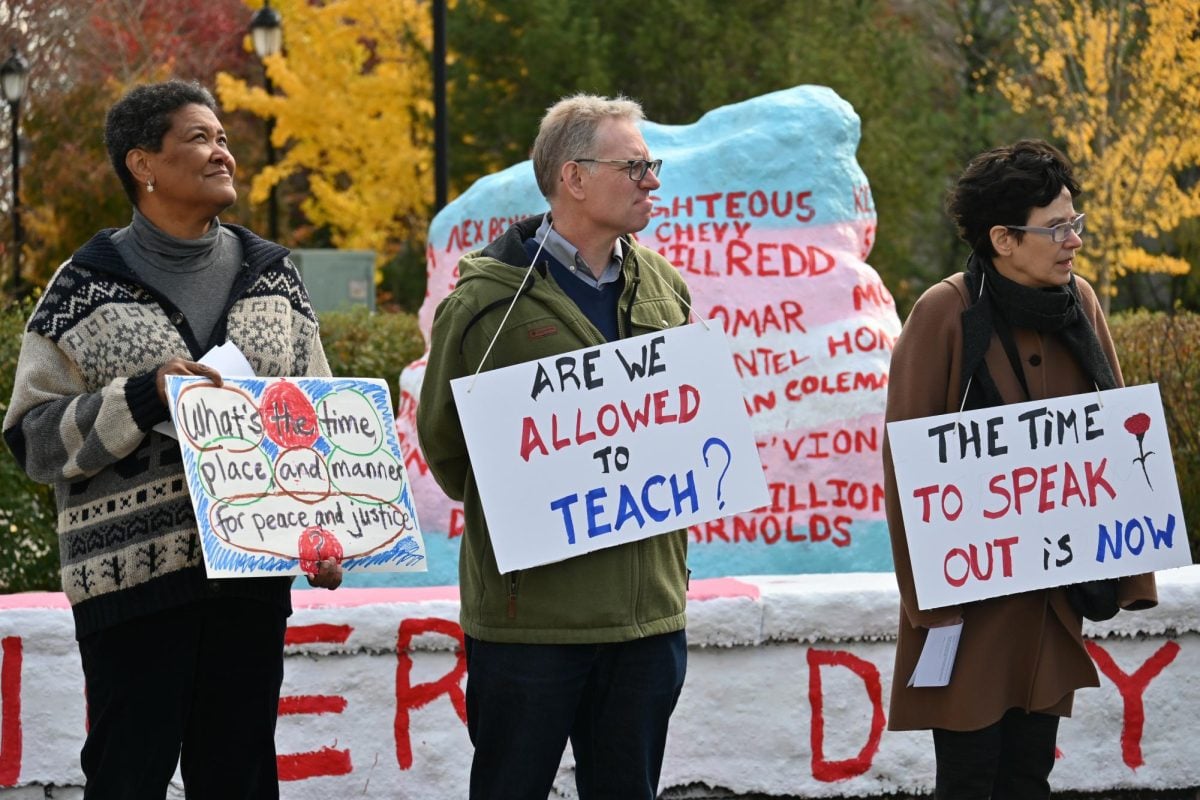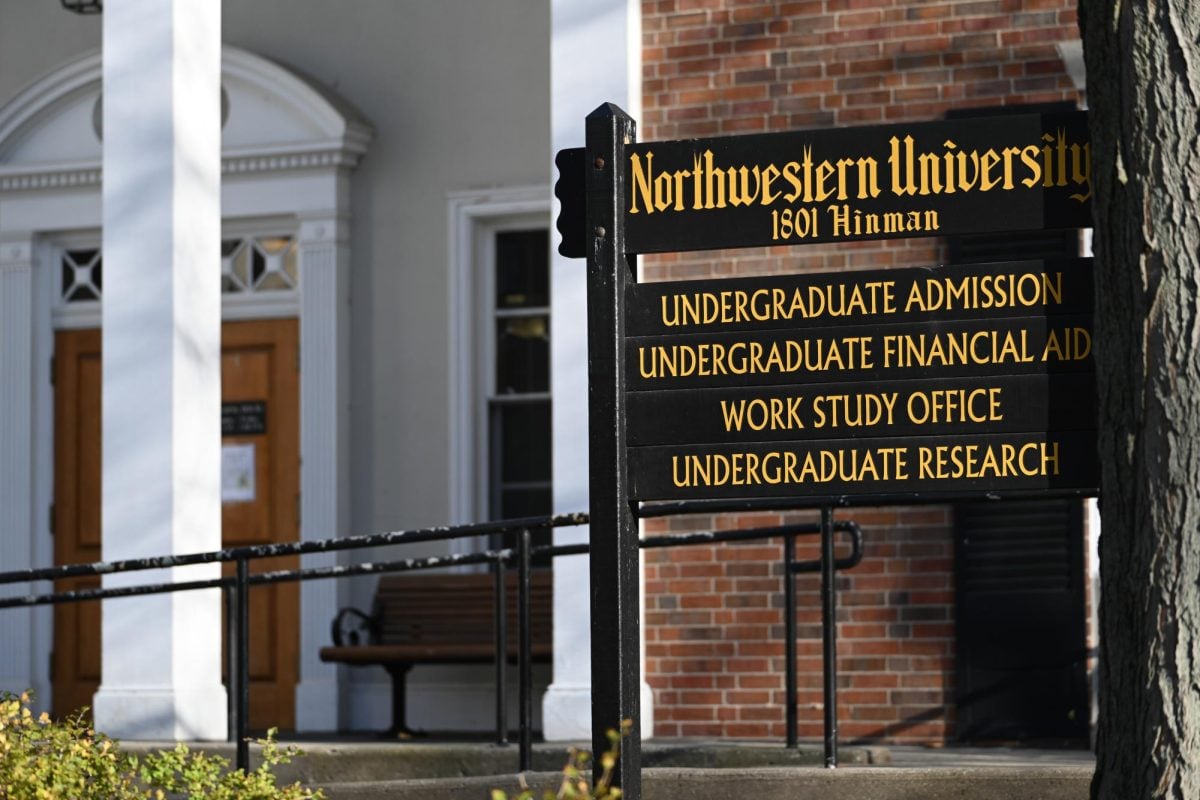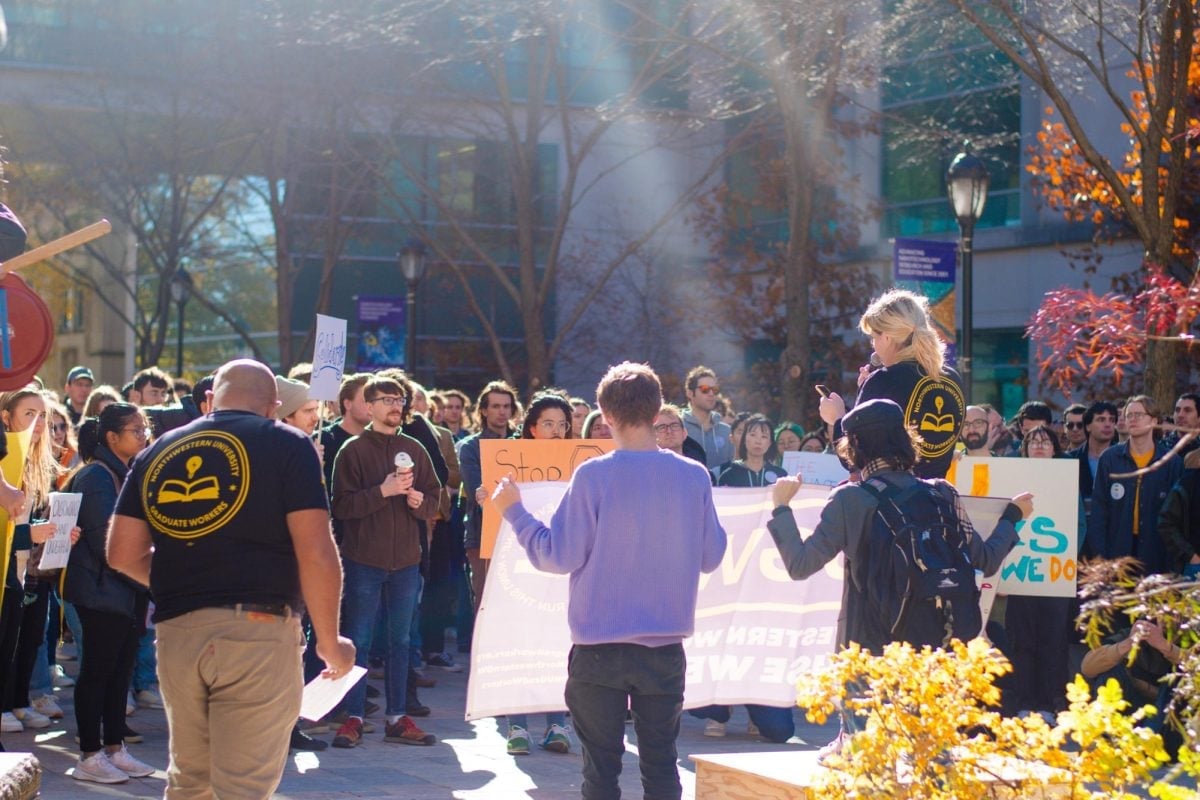More than half of Northwestern students are sharing a record number of financial aid.
This year, 51 percent of students, not including athletes, will receive a fraction of the allotted $118 million — an 11.4 percent increase in financial aid from last year. According to data from the office of university enrollment, this is the highest amount distributed in at least seven years.
Aid has risen consistently, nearly doubling from the 44.9 percent of non-athlete students who received about $64 million in 2006.
The increase comes in the form of a combination of tuition hikes and the admittance of more low-income students, according to Michael Mills, the associate provost for university enrollment.
The University has made it a goal to accept more low-income students, Mills said. This year, 708 students were given financial aid packages made up entirely of grants rather than loans. This number has risen by about 200 students since 2008.
“We are admitting more students who are very needy which is a good, important, laudable thing to do because those students across our peer set are vastly underrepresented,” Mills said.
Though tuition increases every year, with a 4.3 percent rise for the 2012-2013 school year, aid is increasing at a faster rate.
Mills said that the University increases financial aid two to three times more than it increases tuition each year to “offset the blow on the neediest students.”
The economy has played a role in the increases as well.
Since the recession began in 2008, Mills said, NU has had more freshmen who demonstrate need, and the University has increased aid to accommodate them.
To fund the aid increases, NU uses its endowment and institutional funds, which is money to be used at the University’s discretion.
Students applying for aid submit the Free Application for Federal Student Aid form and the College Board financial profile to NU’s financial aid office, which then determines the estimated family contribution and the aid package.
Mills noted that there was little equity between the total percentage of the population that is below the poverty level and the number on college campuses. He said the University would like to see more low-income students because they make for a more diverse freshman class.
“I know for sure this is the top priority at Northwestern,” Mills said. “Morty is very passionate about it. I know he wants to have Northwestern to make as good financial aid to needy students as anybody else out there.”
Citing the ongoing research of Kellogg Prof. Nicole Stephens, Mills said that interaction with people from different social classes makes students more well rounded.
Stephens, who will continue researching into 2013, said her findings indicated that more diversity would benefit students if the University makes sure that students from different backgrounds interact while on campus.
“My research suggests that those experiences of learning about different cultures contribute to social well being and improved adjustment of all students,” she said. “It’s a matter of when people engage with each other and understand.”
Medill junior Carlos Martinez received full financial aid from the University. He said he would not be able to attend NU without it and he is glad that more students are getting the same chance he did.
“It really grants them the opportunity to try new things and most of the new things they never would have had the opportunity to do on their own,” Martinez said.
Having traveled to Nicaragua last summer with the Global Engagement Studies Institute on a full university scholarship to create community development projects, Martinez said he knows firsthand what schools like NU provide.
In Nicaragua, Martinez helped create a farmer’s market to stimulate social and economic growth in the town.
“Had I not gone to NU, I would have never had an experience like that,” he said. “For other students that come from that low income background, for them, it’s just something that’s so crazy.”
